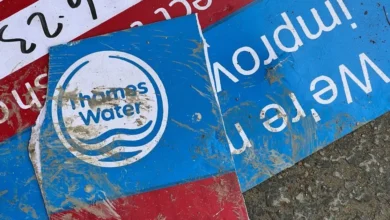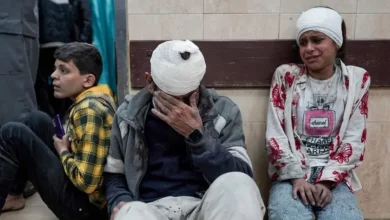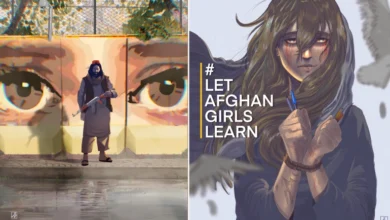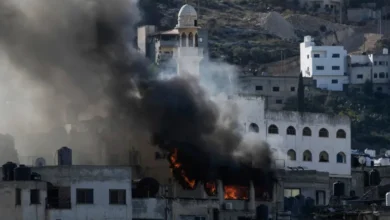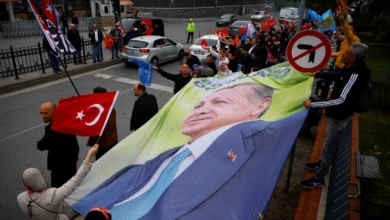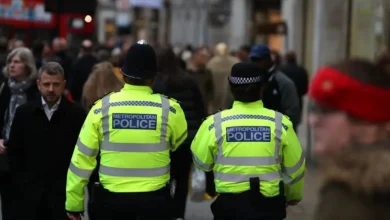Turkey earthquake: In hard-hit Adiyaman, no peace for survivors
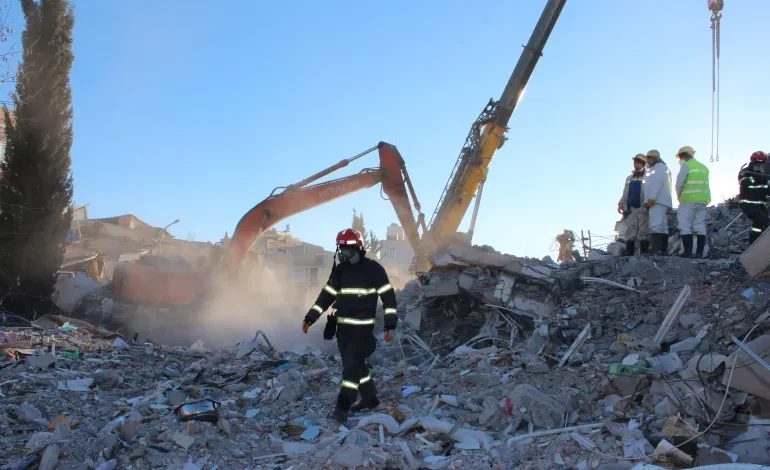
After digging in rubble for 10 days, Ahmet Firat finally had no bodies left to recover – but he felt no peace.
“You see us, we look like we’re living but we’re dead. We lost 12 relatives; we also died with them,” the 39-year-old told Al Jazeera, outside his tent in a wind-blown expanse of open ground away from damaged buildings in Adiyaman, southeastern Turkey.
Two powerful earthquakes last week devastated towns and cities across southeastern Turkey and northwestern Syria, killing tens of thousands of people and leaving many more in need of shelter and aid.
Firat, his wife Ayten, and their three children managed to flee their home in time with just the clothes they were wearing. But their rented property was destroyed and they are now staying with about 40 other family members across four tents.
The tent canvas, rugs and blankets from the authorities provide the only insulation from the cold in Adıyaman, where it has recently fallen to below zero at night. The family has a wood-fired stove, but the wind often blows smoke back into the tent, and when they put out the fire, the children get sick. They fear thieves and have heard stories of people kidnapping children, so one family member stays awake all night to keep watch.
“Our kids are terrified – everything makes them scared,” Ayten said. “They don’t want to be out of our eyesight.”
In the centre of Adiyaman, a clock tower stands frozen at 4:17am, when the initial magnitude 7.8 quake struck on February 6. Hours later, a subsequent 7.6 magnitude earthquake compounded the carnage.
Help from the authorities did not reach Adıyaman until the third day, with communications to the city of some 300,000 people cut and many roads damaged or hard to pass due to snow and heavy rain.
In the first days of the disaster, as the morgue was full and roads were blocked, bodies lay on the streets covered in blankets. Families were buried in the same grave due to limited space and there were not enough white funeral shrouds.
By Wednesday, more than 8,000 people were thought to have been killed in Adiyaman – a figure that is likely an underestimate – and hundreds of buildings have completely collapsed.
The city looks like a war zone, every block spilling debris into the streets. Many buildings are listing like shipwrecks, in others second and third floors have compressed those below to reach the ground, at times consuming parked cars.
Tents provided by AFAD, Turkey’s emergency and disaster response agency, and other organisations are all over the city – from single shelters erected next to damaged homes, to vast encampments housing hundreds of people.
“Whoever has money has left Adiyaman, whoever doesn’t has stayed,” Bahri Taş, a 40-year-old call centre worker, told Al Jazeera.
Firat helped rescue 10 people, including five family members, but complained about a lack of available equipment in the first two days before the arrival of rescue teams. On Wednesday, rescue workers recovered the body of the final missing relative.
The focus has now shifted to transporting donated aid to people in hard-to-reach villages.
Although a 77-year-old woman was reportedly rescued in Adıyaman on Thursday, the search and rescue operations have mostly ended and much of the city is now eerily quiet. For many, the grief is turning into anger.
On Tuesday, a health worker in Adiyaman interrupted a live broadcast on the Haberturk news channel to rail against the authorities.
“The president should come here, if he dares. There is no lawmaker even [visiting] Adıyaman, no high-level officials. You all left us alone,” she shouted.
“Where is the crisis management? All those people died, all those children died. Wake up, Turkey!”

